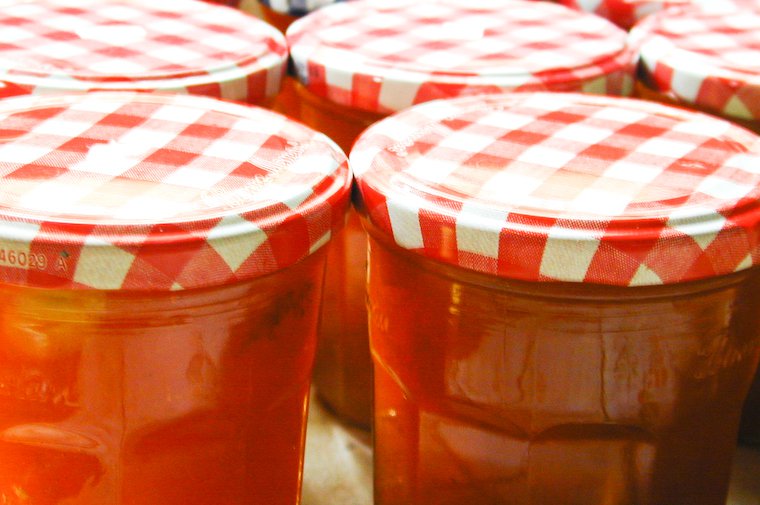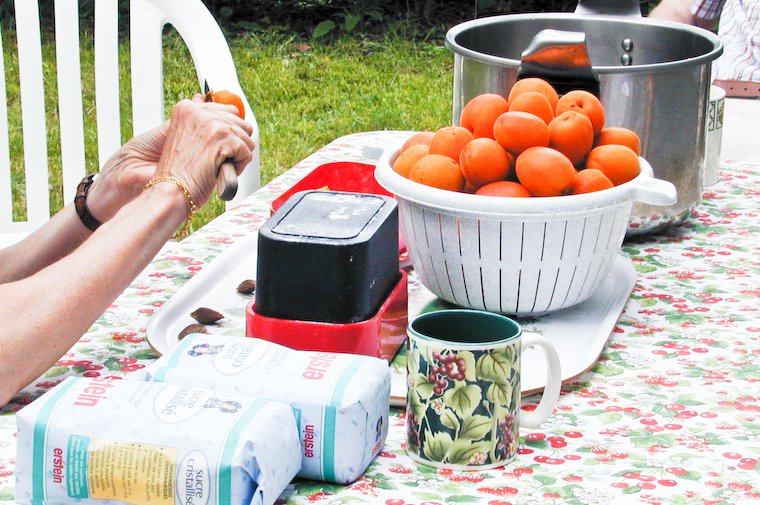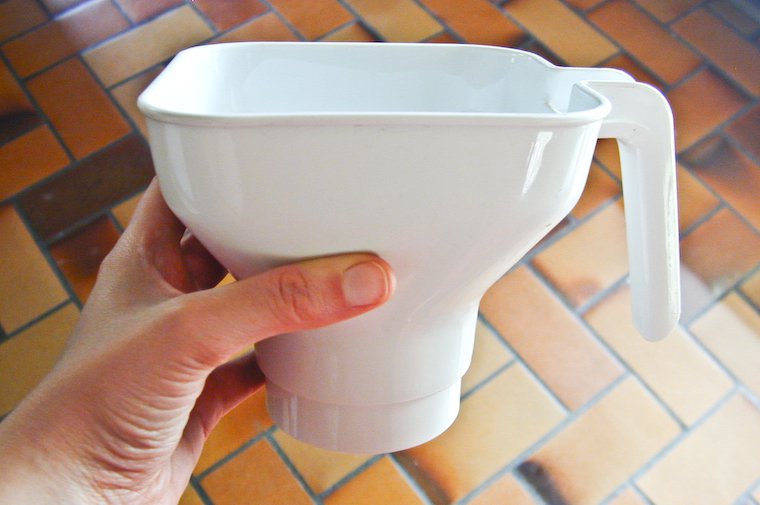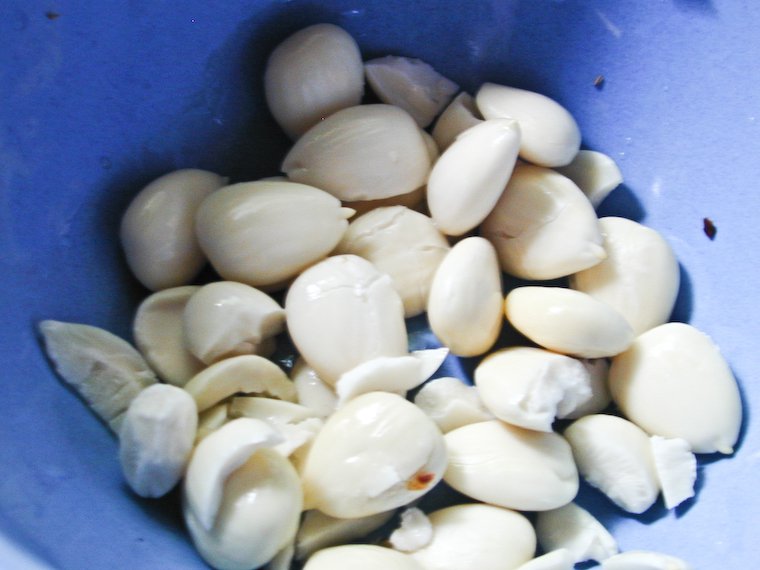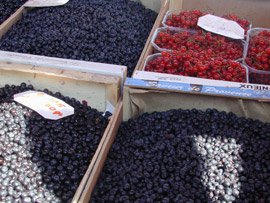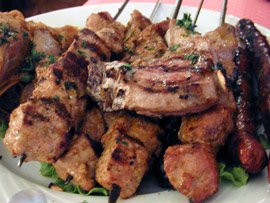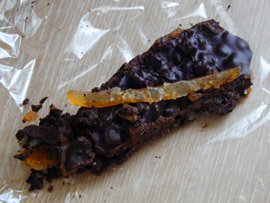
I had long wanted to visit Marseille, so I was very happy for the occasion to spend a week-end there recently with Maxence.
Marseille is a port city in Provence, and it is in fact the second biggest city in France. My grandmother lived there for a couple of years during World War II, and we have a few family pictures from that period. I remember one in particular, black and white with frilled edges, which shows my grandmother at my age, walking with her first two little boys on the Canebière, with her blond hair elegantly pinned up, and her signature bright white smile.
Marseille is also where one of my favorite novels of all times takes place, Alexandre Dumas’ Count of Monte-Cristo, and I was delighted in a peculiar way to see signs to the infamous Château d’If and even a rue Edmond Dantès, as if I had bumped into a movie star.
Maxence and I spent a lovely week-end there, driving in and around the city, enjoying the sun, the Mediterranean lifestyle, and treating ourselves to the local specialties.
On Saturday afternoon, we strolled around the Vieux Marseille (the historic city center), a maze of narrow cobbled streets built on a hill. When it was time for a little afternoon snack, a boulangerie miraculously happened upon our path, an intriguing phenomenon often observed in any city or village of our beautiful country. The antithesis of the bright and cheery, spick-and-span boulangeries I’m used to, this one was shadowy and eerily quiet, giving off the distinct impression that everyone inside was having a nap, like any sensible Marseillais would do at this time of day and in this heat.


